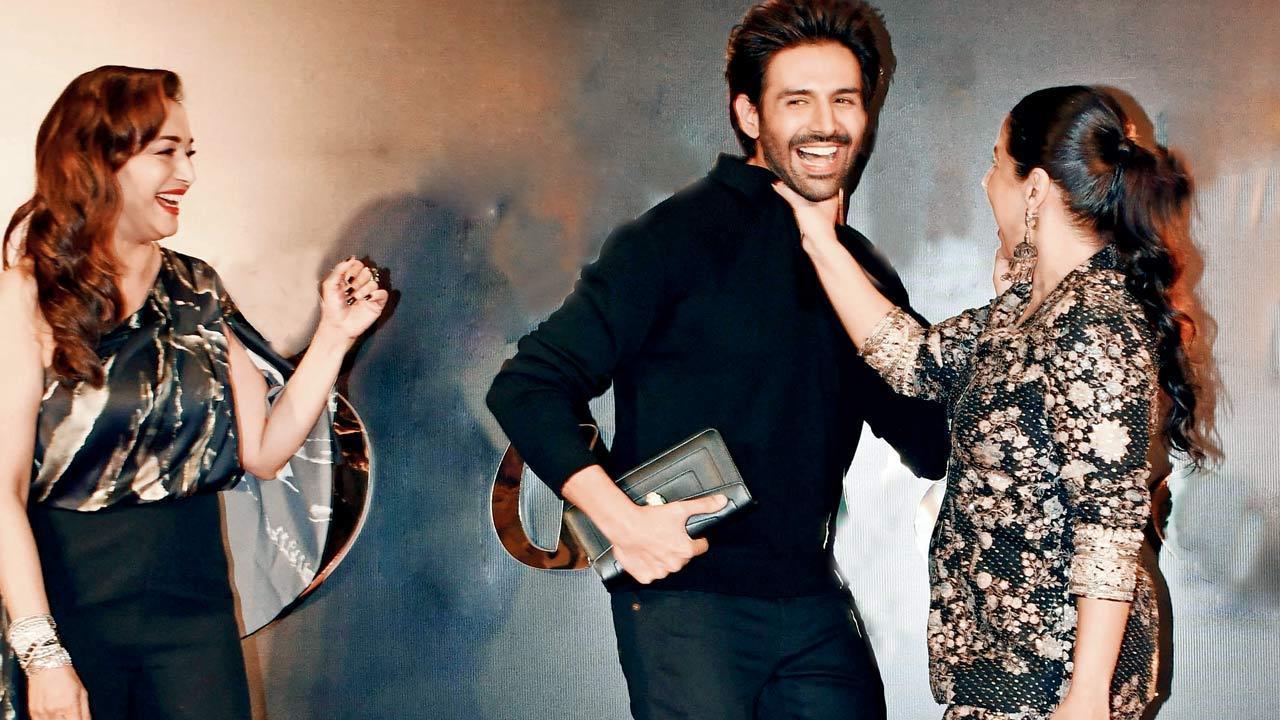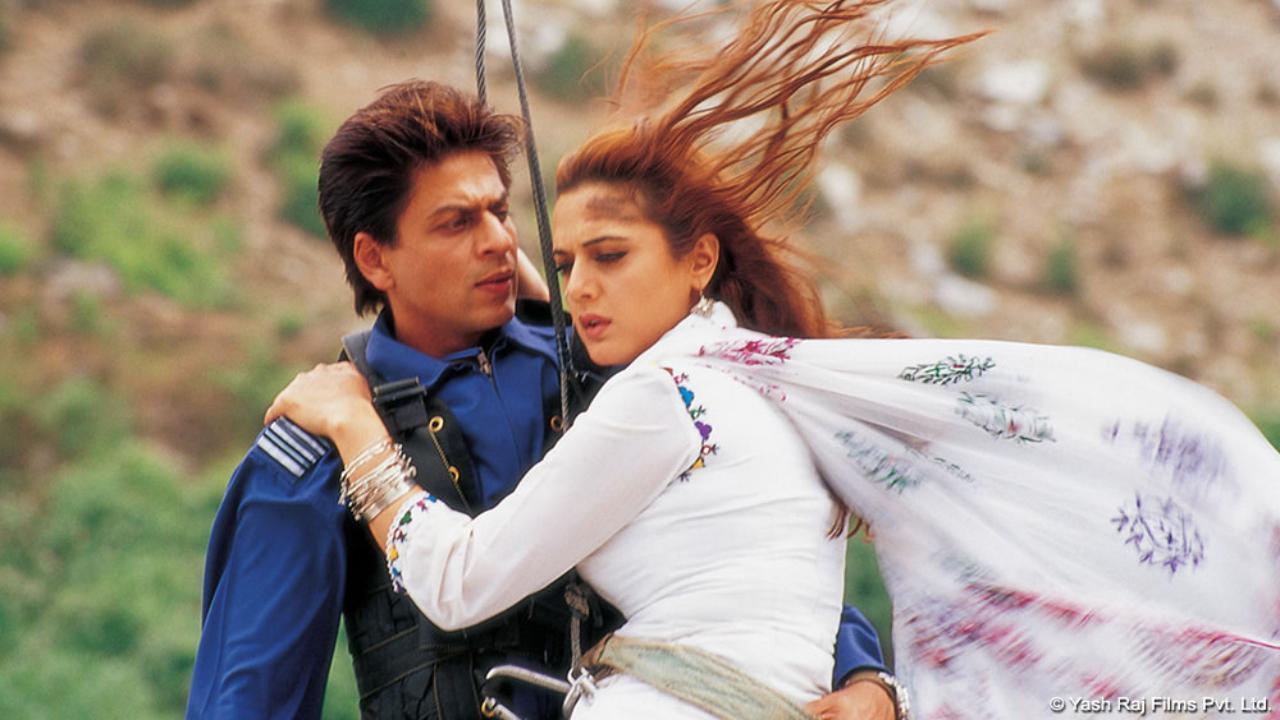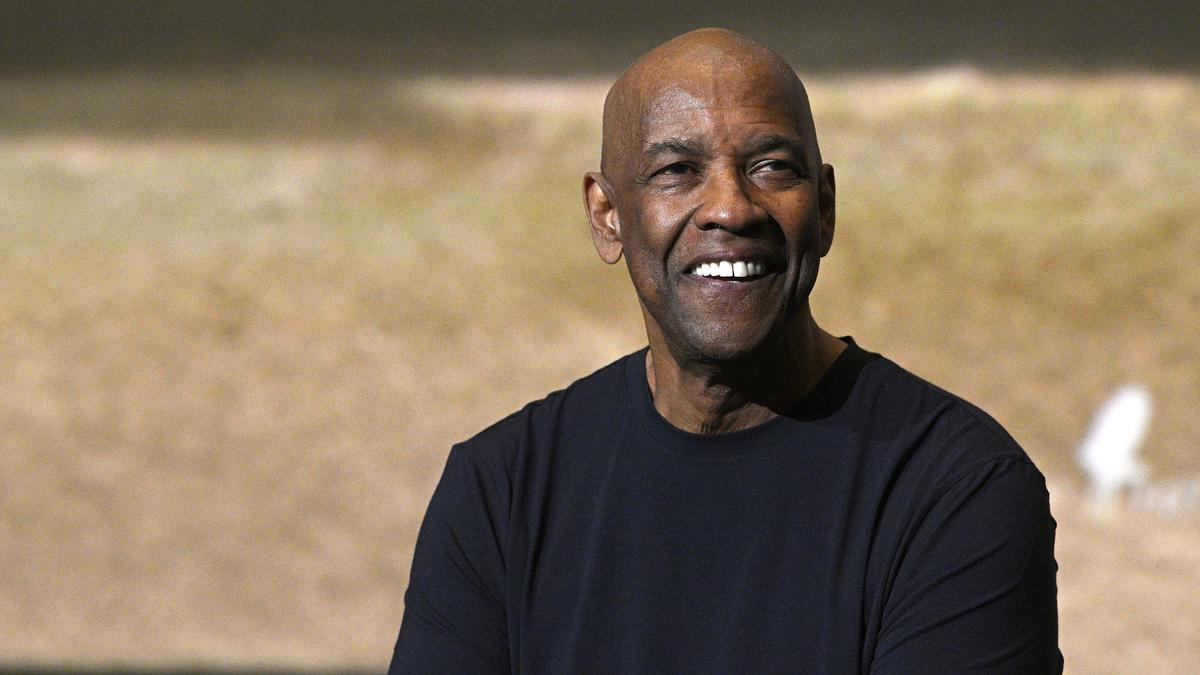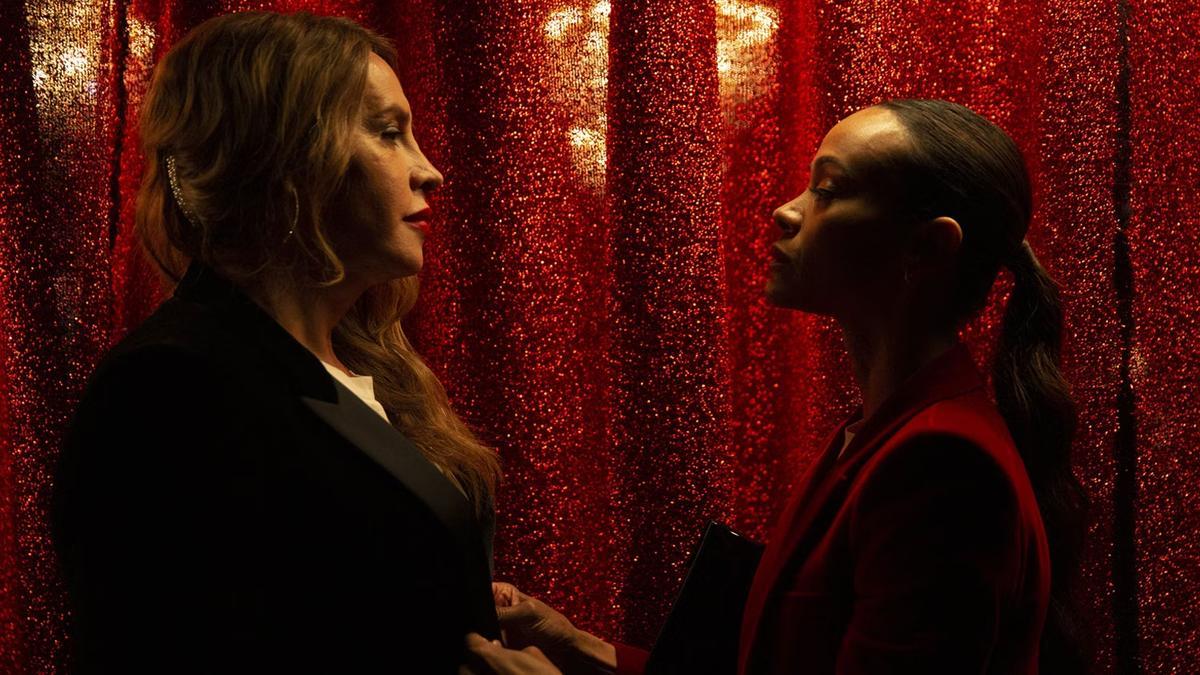
The much-anticipated ‘Dune: Part Two’ has finally arrived, continuing the epic saga of intergalactic politics and desert-bound mystique. Amidst the vast dunes of Arrakis, director Denis Villeneuve unfolds a story of ambition, survival, and prophecy, but one of his own admitted favorites, the monstrous sandworms, might have left audiences wanting more.
In ‘Dune: Part Two’, the awe-inspiring creatures that are pivotal to the desert planet’s ecosystem receive a significant amount of screen time, yet many details about their physiology remain a mystery – a detail that might both intrigue and frustrate viewers in equal measure. Even with the worms’ thunderous emergence, gushing sand like geysers, their entire form isn’t fully exposed. The audience sees their enormous maws, lined with rows of teeth akin to a sea anemone, but the lack of visible eyes or appendages for propulsion prompts the question: how do these behemoths navigate the sandy depths of their world?
While Villeneuve might have left us pondering the mechanics of sandworm mobility, a detail not elaborated on by Frank Herbert in his original 1965 science fiction masterpiece, there is indeed much more to discuss regarding the film itself. The narrative picks up after the brutal onslaught against House Atreides, as Paul (Timothée Chalamet) and Jessica (Rebecca Ferguson), now refugees, grapple with the suspicions of the Fremen, the indigenous inhabitants of spice-rich Arrakis.
As the story weaves through the political labyrinth, viewers encounter not only the vicious Harkonnen under Baron (Stellan Skarsgård) but also the manipulative Emperor (Christopher Walken) and his intrigued daughter, Princess Irulan (Florence Pugh). Political intrigue deepens with the Bene Gesserit, a secretive sisterhood with members like Jessica and the emperor’s truthsayer Gaius Helen Mohiam (Charlotte Rampling).
Paul, though initially resisting his destiny, embraces his role among the Fremen as prophesied leader, guided by Gurney Halleck (Josh Brolin) and Stilgar (Javier Bardem). Romantic threads weave through as Paul and Chani (Zendaya) navigate their feelings amid these tumultuous events, their dynamic struggling to find solid ground amidst an epic backdrop and the pressures of politics and prophecy.
Villeneuve strips down ‘Dune’s meditative qualities for a conventional extraterrestrial war film with splashes of romance, punctuated by Hans Zimmer’s grand, battle-worthy score. As expected from a Villeneuve project, ‘Dune: Part Two’ doesn’t disappoint visually, with awe-inspiring designs especially evident in machines like the dragonfly-esque ornithopters and the colossal carriers that feel both alien and technologically plausible.
However, amidst the stunning visuals and performances—Austin Butler’s inspired turn as Feyd-Rautha and Ferguson’s unyielding portrayal of Jessica, in particular—the film’s foray into the deeper thematic elements of messianic cults and the environmental devastation wrought by greed feels somewhat surface-level.
This chapter of the Dune saga both pleases and perplexes with its intricate world-building and careful attention to cultural details, including a constructed language for the Fremen developed by David Peterson in collaboration with Villeneuve. Yet for all the marvels that ‘Dune: Part Two’ presents, the veiled mysteries of the sandworms leave viewers staring into the abyss of their imagination, wondering if these leviathans will be fully revealed in a potential third installment, possibly taking cues from Herbert’s follow-up novel, ‘Dune Messiah.’
Currently gracing cinemas worldwide, ‘Dune: Part Two’ stands as a monumental event in cinematic storytelling, offering battles, intrigue, and otherworldly wonders. Fans are immersed in a universe that brilliantly encapsulates Herbert’s vision but are left contemplating the unseen and the unknown—perhaps the hallmark of the most enthralling science fiction narratives.










